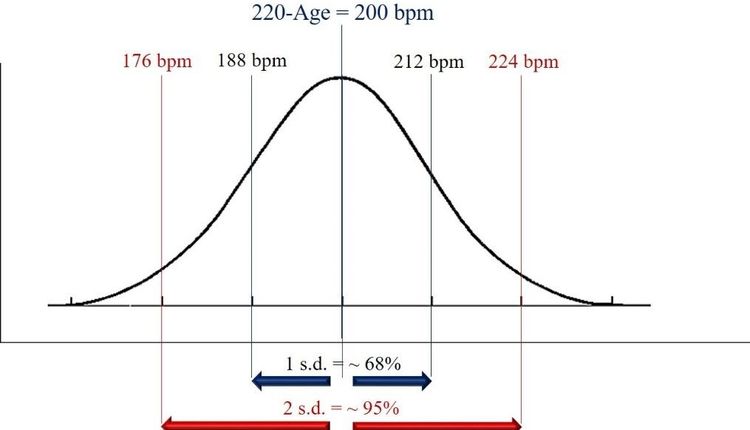Contamination of fresh, leafy green vegetables with disease-causing bacteria and viruses is definitely on the rise, a CDC study shows. Why? That's not clear, says study leader Michael Lynch, MD, a medical epidemiologist at the CDC. But the study, which looks back to 1973, shows that the increase in contamination is not simply because people are eating more greens or because health departments are keeping a closer eye on the problem.
"It is a bit of a surprise. We thought the increase was all due to greater consumption and enhanced surveillance, but these things don't completely explain it," Lynch tells WebMD. "We see a wide range of pathogens causing food-borne illnesses in leafy greens. Outbreaks can be restaurant associated or they can be spread across several states, so this suggests the problem has multiple causes."
Lynch and colleagues looked at data on food-borne disease outbreaks linked to leafy greens from 1973 to 2006. Each outbreak caused two or more illnesses traced to lettuce, cabbage, mesclun mix, spinach or salad items containing at least one leafy green. Over the 33-year period, there were 10,421 leafy-green vegetable outbreaks. Norovirus the easily spread, hard-to-kill bug, sometimes called winter vomiting virus was behind 58.3% of the outbreaks. Salmonella caused 10.4% of the outbreaks; E. coli O157:H7 caused 8.9%.
"Some of the pathogens are shown to survive quite well on leafy greens," Lynch said. "E. coli, for instance, can adhere quite well and even be internalized into these foods."
CDC researcher Karen M. Herman, MSPH, reported the findings at this week's 2008 International Conference on Emerging Infectious Diseases, held March 16-19 in
More than 60% of the outbreaks involved contamination by germs spread by humans, Herman said, and about 30% of the outbreaks involved germs spread by animals. Eight percent of the outbreaks were of uncertain origin.
"Contamination can occur at the point of preparation, such as an ill worker at a restaurant or preparation on a contaminated surface," Herman said. "Contamination during harvest or processing can cause widespread outbreaks, such as the recent 11-state outbreak."
In the decade 1986-1995, Americans ate about 17% more leafy greens than they did the decade before. Yet the proportion of food-borne illnesses caused by leafy greens went up nearly 60%. From 1996 through 2005, consumption went up another nine percent but the proportion of food-borne illnesses linked to greens went up 38.6%.
A consumer group, the Community Alliance with Family Farmers (CAFF), says its own analysis of FDA data suggests that since 1999, 80% of E. coli O157:H7 outbreaks on leafy greens in
Lynch says that the pre-bagged greens are only part of the problem. "We have seen outbreaks due to both prepackaged and head greens, so it is hard to say that one of those is safer than the other," he says. "Even if they are listed as pre-washed, washing leafy greens is prudent. Meanwhile, a lot of effort is being undertaken by industry and food-safety officials to figure out how these greens are becoming contaminated and to prevent this contamination."
Visit www.webmd.com for more information.







